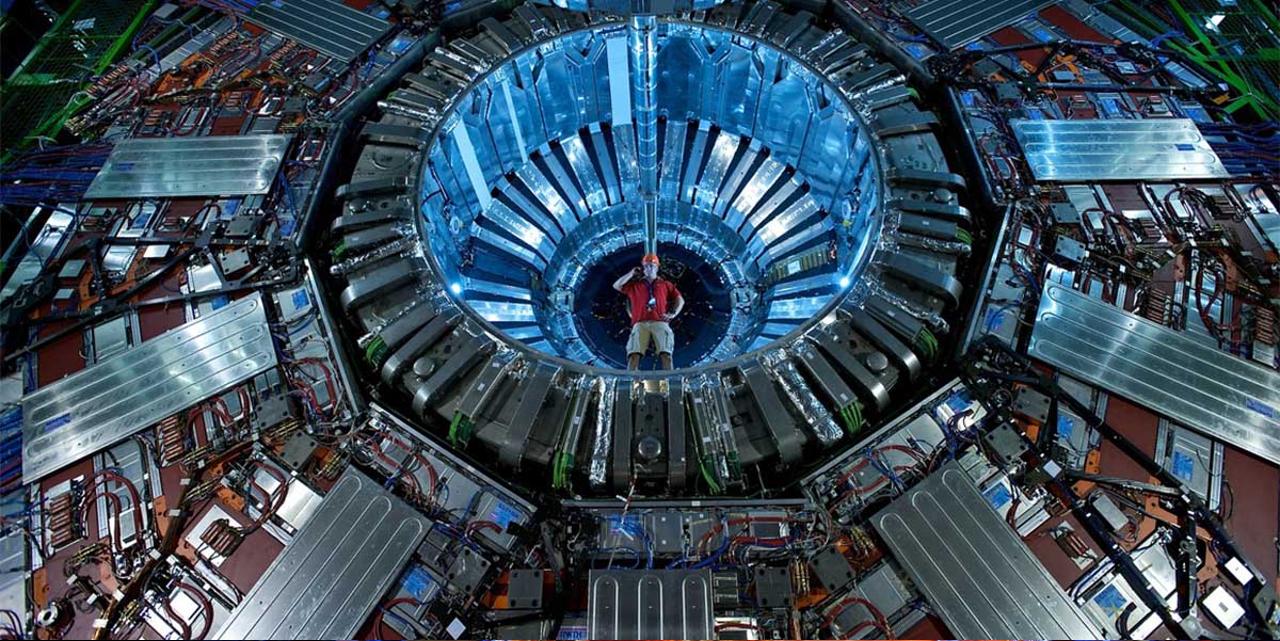The Large Hadron Collider restarts experiments after a three-year hiatus. Experiments with the collider may reveal the greatest mysteries of physics and the universe.
The world’s largest and most powerful particle collider. Large Hadron Collider (LHC) is also known as the world’s largest machine. The collider, which was built over a period of 20 years with the participation of 10 thousand scientists from more than 100 countries, in order to study matter at extreme temperature and density; It stretches 175 meters underground, through a 27-kilometer-long tunnel.
Now from the three-year slumber of the Large Hadron Collider ‘wakes up’ is reported. The gigantic machine preparing to collide atoms even harder than before, why the universe exists It is stated that it can shed light on the mystery.
Collider will begin new experiments in June
After three years of scheduled maintenance, updates, and pandemic-induced delays, the Large Hadron Collider is gearing up for its third and strongest experimental period yet. If all initial tests and checks starting this month are positive, the experts will confirm that the experiments June and that the machine will start gradually until the end of July. to full power records that it will arrive.
At the end of this new experimental period, the collider neutrino It can reveal other long-sought versions of ghostly particles called ghosts that exert gravity but don’t interact with light. forming dark matter It is stated that it can discover extremely difficult particles to understand and even help explain why the universe exists.
Stephane Fartoukh, a physicist at the European Organization for Nuclear Research (CERN), which runs the LHC, said in a statement on the subject.“Completion of Long Shutdown 2, originally planned for two years but extended by one year due to the COVID-19 pandemic, is required to operate a complex 27 kilometers long machine. numerous maintenance operations, both preventive and corrective provided the opportunity to engage. ” saves as.
Since its construction was completed in 2008, the LHC has collided atoms with incredible speed and force to find the fundamental forces and particles that prevail in the universe, resulting in the last missing piece in the Standard Model. Higgs boson He played a major role in the discovery of many new particles such as In this upcoming third period of work, the collider’s upgraded capabilities will allow the Standard Model, including the Higgs boson, to to explore the properties of particles and the search for evidence of dark matter will be focused.
Some of the biggest puzzles in physics can be solved

In addition to other tasks, the ATLAS experiment, the largest particle detector at the LHC, will also attempt to answer important questions about neutrinos that have puzzled scientists for decades. However, with the upcoming LHC study Scattering and Neutrino Detector (SND) and Forward Search Experiment (FASER) two new experiments will also be put into effect. Regarding this, Fartoukh “These two experiments are very important in physics, such as the nature of dark matter, the origin of neutrino masses, and the imbalance between matter and antimatter in the present-day universe. one of the biggest puzzles trying to solve some of them.” uses expressions.
RELATED NEWS
The Laws of Physics Can Be Rewrote: One of the Most Important Physics Models for Our Understanding of the Universe is ‘Shaky’
Rebeca Gonzalez Suarez, a CERN physicist, education and outreach coordinator for ATLAS Collaboration and associate professor at Uppsala University in Sweden, stated that the new research has many surprises and is very excited about its potential to obtain new data. “LHC per second 1.7 billion collisions produces. It’s impossible to keep all this data, so we have to have a strategy to select events that we think are interesting.” says and “For this, we use certain pieces of our hardware that send signals when something looks interesting.” he adds.
The third run by the end of 2025 is scheduled to last. On the other hand, it is stated that scientists are starting to discuss the next round of upgrades for the LHC’s High Brightness phase, which will be implemented after the 3rd run, which will further increase the number of simultaneous collisions and energies and improve instrument sensitivities.
